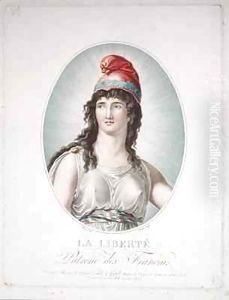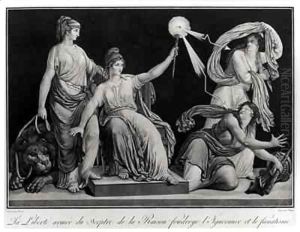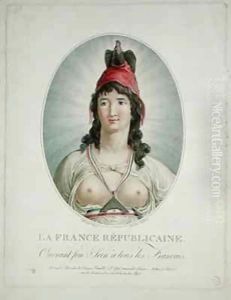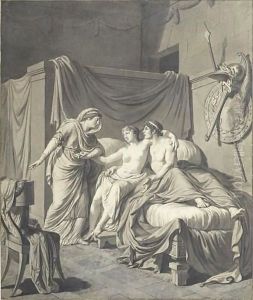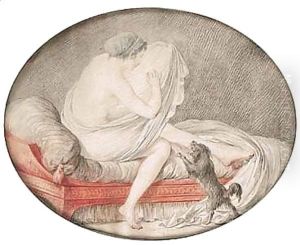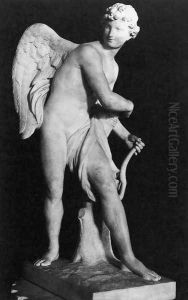Simon-Louis Boizot Paintings
Simon-Louis Boizot was a French sculptor whose work is associated with the Neoclassical style, which was dominant in France during the late 18th century. Born on December 23, 1743, in Paris, Boizot was the son of a cabinetmaker, which provided him an initial exposure to artistic craftsmanship. Demonstrating a talent for sculpture from an early age, he entered the Royal Academy of Painting and Sculpture in Paris, where he trained under the renowned sculptor Jean-Baptiste Pigalle.
Boizot won the prestigious Prix de Rome in 1762, which allowed him to study at the French Academy in Rome from 1765 to 1769. During his time in Italy, he was heavily influenced by the classical art and architecture that he studied, which shaped his artistic style. Upon his return to France, he was received into the Academy as a full member in 1778 and eventually became the director of the sculpture studio at the Sèvres Porcelain Factory in 1773, a position he held until 1800. At Sèvres, he created many models for porcelain figurines, contributing significantly to the factory's reputation and success during this period.
Boizot's sculptures are characterized by their refined elegance and adherence to classical principles of beauty and proportion. His work includes portrait busts of prominent individuals of his time, such as Louis XVI and Marie-Antoinette, as well as allegorical and mythological figures. During the French Revolution, Boizot navigated the changing political landscape, producing works that aligned with the evolving tastes and ideologies. He continued to receive commissions and honors, including being named a member of the Legion of Honor in 1805.
Simon-Louis Boizot's career declined with the rise of the Empire style, which did not favor his neoclassical aesthetic. He passed away on December 2, 1809, in Paris. Although not as widely known as some of his contemporaries, like Jean-Antoine Houdon or Augustin Pajou, Boizot's contributions to French sculpture and his influence on the decorative arts, particularly through his work at the Sèvres Porcelain Factory, have secured his place in the history of French art.
